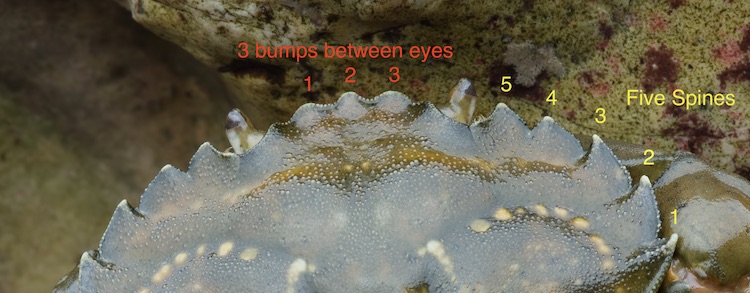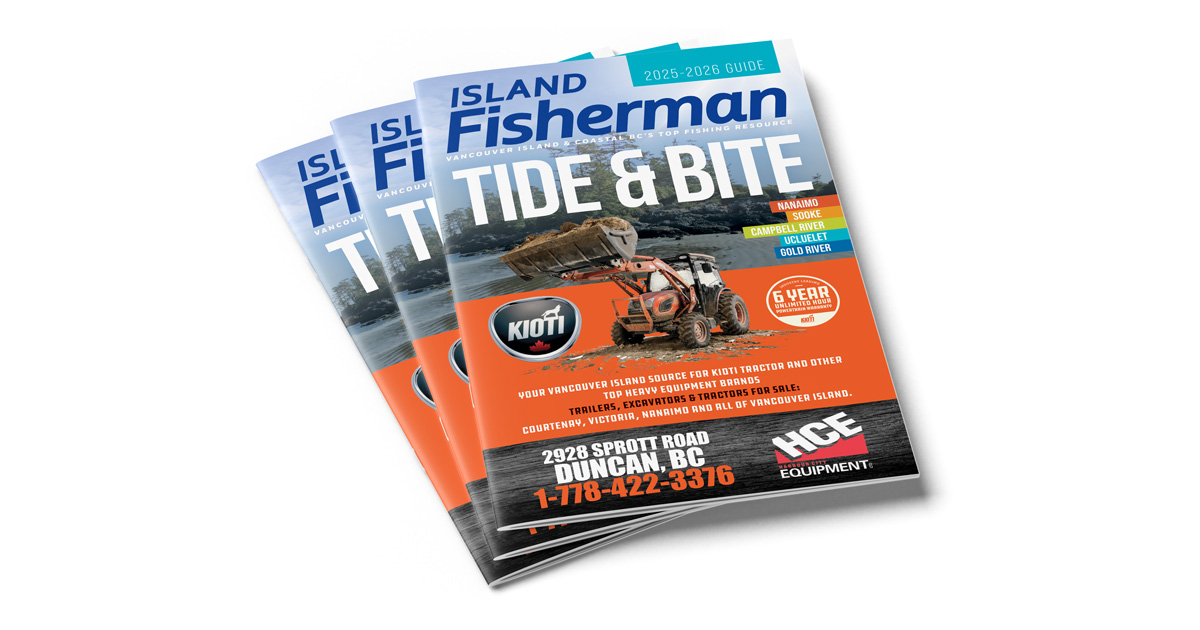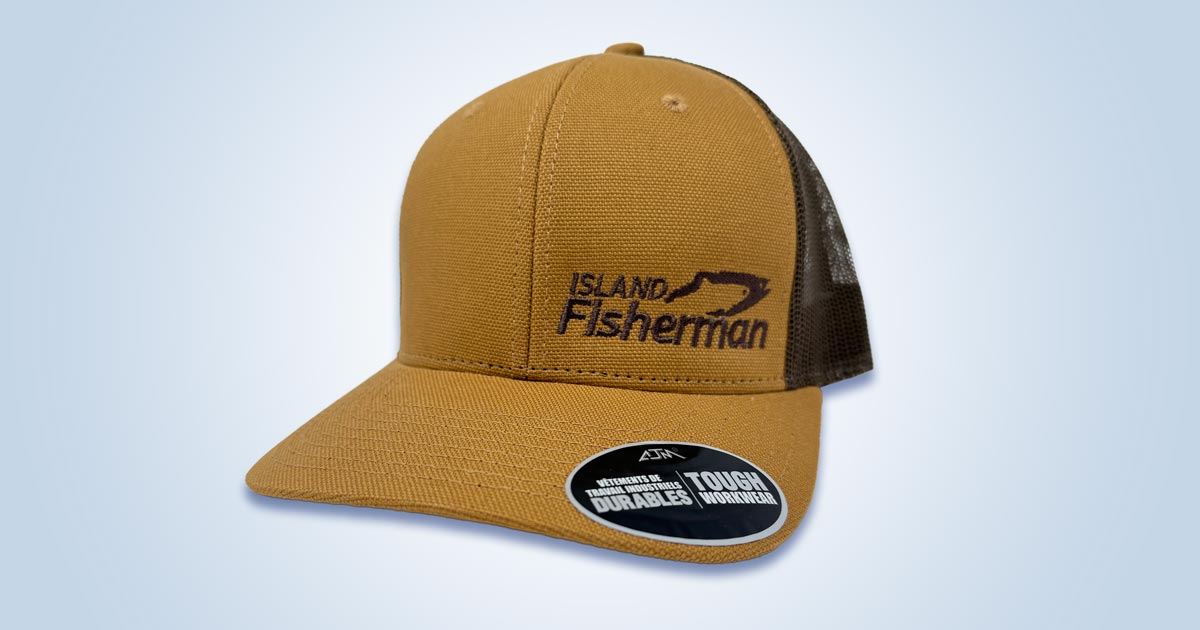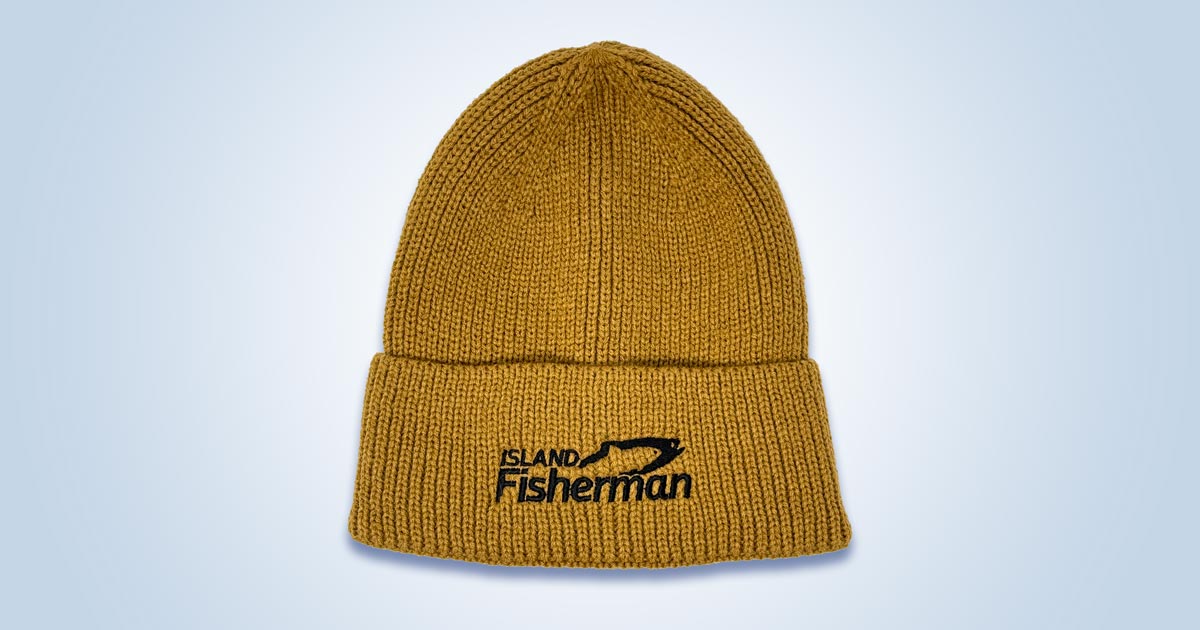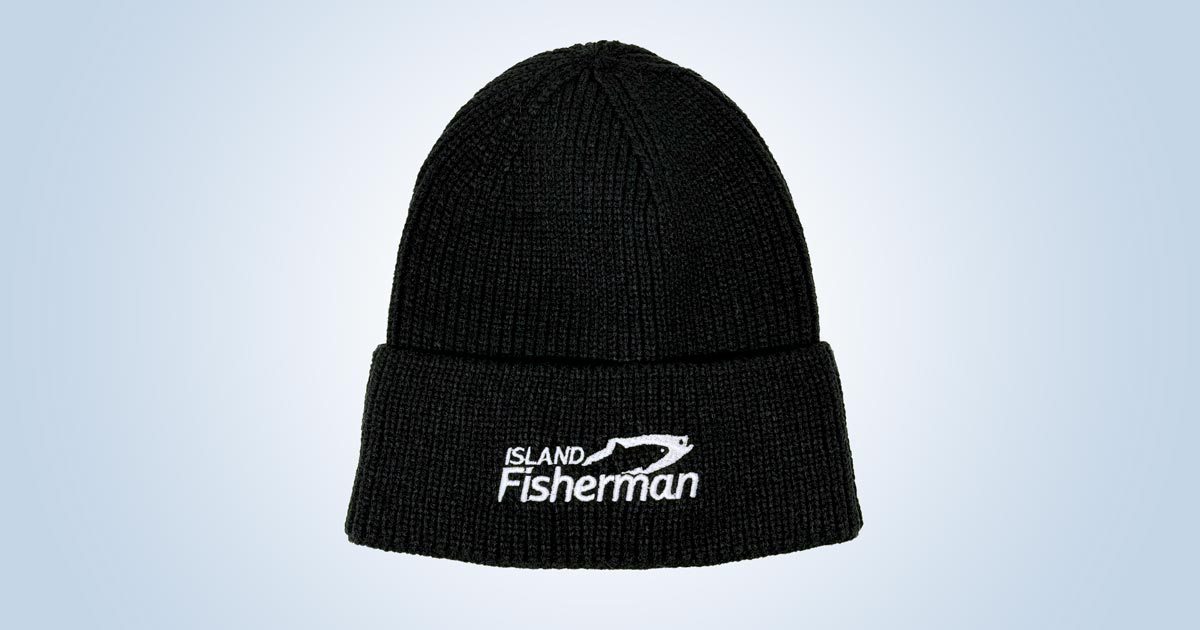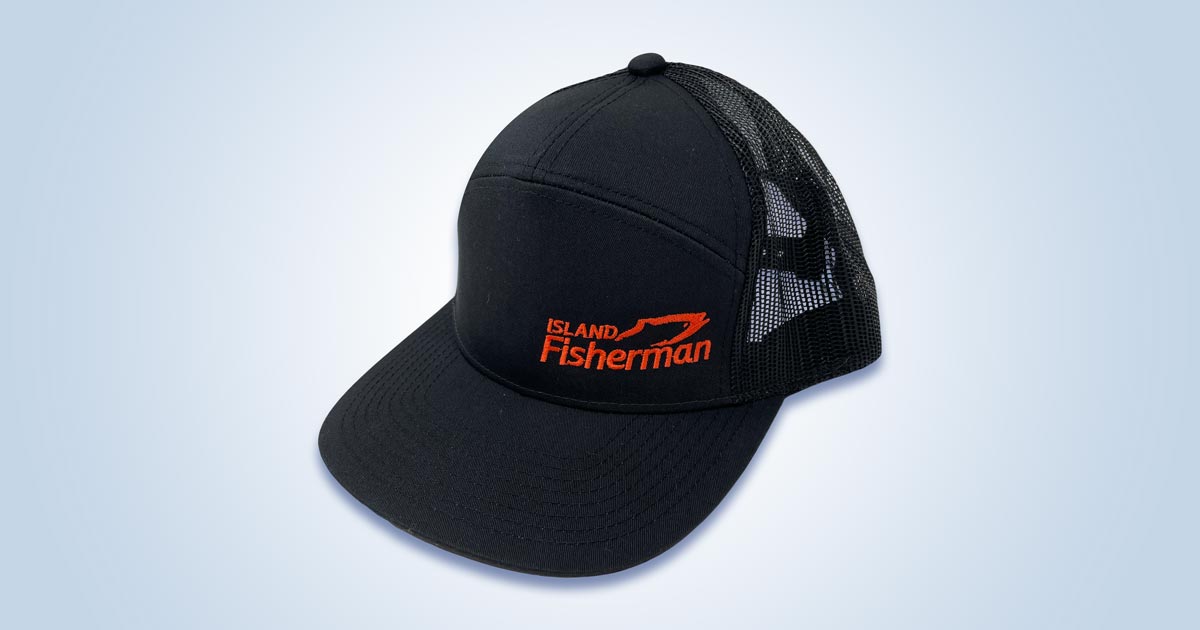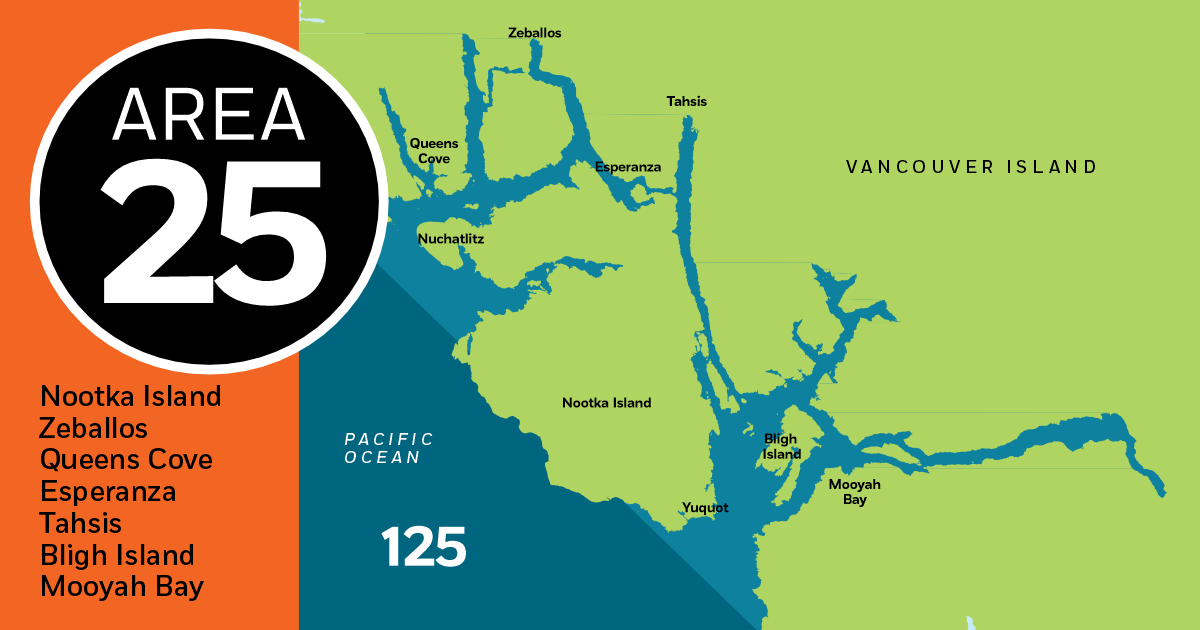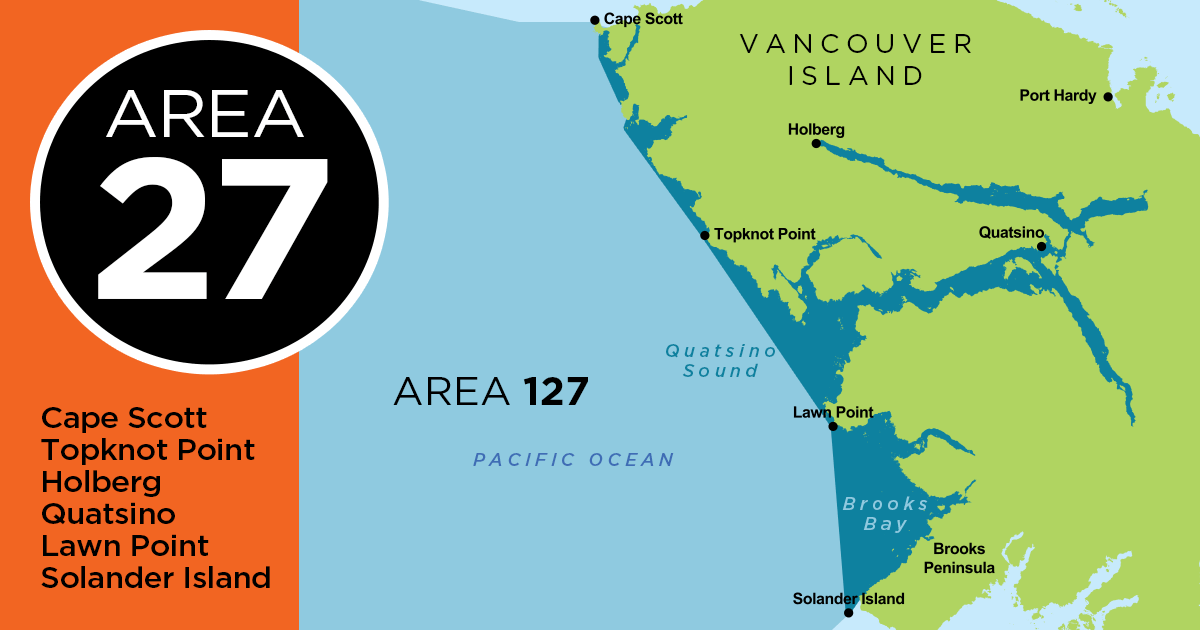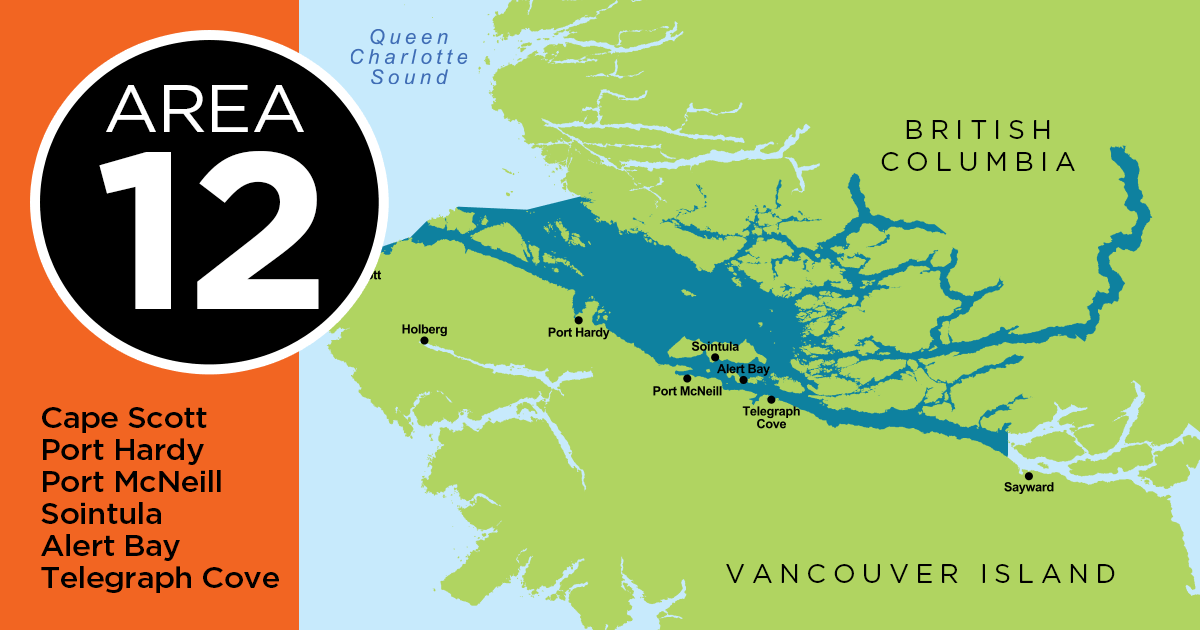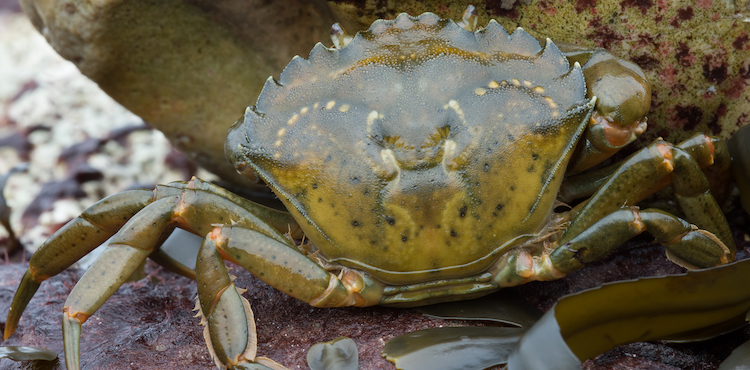
If you’re on the beach turning over rocks or recreational crabbing in the shallows, it’s important to know about the invasive species Carcinus maenas, the European Green Crab (EGC). It’s a reasonably small crab whose native habitat is the North East Atlantic and Baltic Sea ranging all the way from Northern Africa to Iceland and Norway. And guess what? It’s in British Columbia, and has been for a while.
Currently, the European Green Crab is 1 of the 10 most unwanted species in the world.
These predators are strong competitors for food sources as well as serious disruptors of the marine environment—namely eelgrass, which is an important part of the ecosystem, especially for herring. To get a little more information on the matter we contacted the resident Aquatic Invasive Species Biologist at the Nanaimo DFO station. We were directed to only include the contact information of the general mailbox for those who want to get in touch, report, or have further questions at AISPACIFIC@dfo-mpo.gc.ca.
What do we know about the migration of the European Green Crab to BC waters and the Salish Sea?
European Green Crabs arrived in California prior to 1990, likely in ballast water. They were transported north through larvae dispersion along the west coast and arrived in BC in 1998-1999. Established populations of European Green Crabs were detected in Sooke in 2012.
How long has the population been monitored?
DFO Science has been sampling for European Green Crab since 2006. A new DFO National program, The Aquatic Invasive Species Program (AIS), was developed in 2017. The program is small, only staffing 14 people across Canada. The Pacific Region AIS program, with input from DFO Science Branch advice, prioritized European Green Crab for action. The AIS Program began developing an “Early Detection Monitoring Program for European Green Crab” in the Salish Sea in 2018. The AIS Program is developing partnerships with indigenous groups and local stewardship groups to monitor long-term detections sites during the spring/summer months.
Do we know about how the population of European Green Crab has changed?
According to DFO Science, “We may not have enough data to answer the question if European Green Crabs are increasing. As with other marine inverts, populations are dynamic. That said, we do know that they are established in Sooke, unlike the other parts of the Salish Sea.”
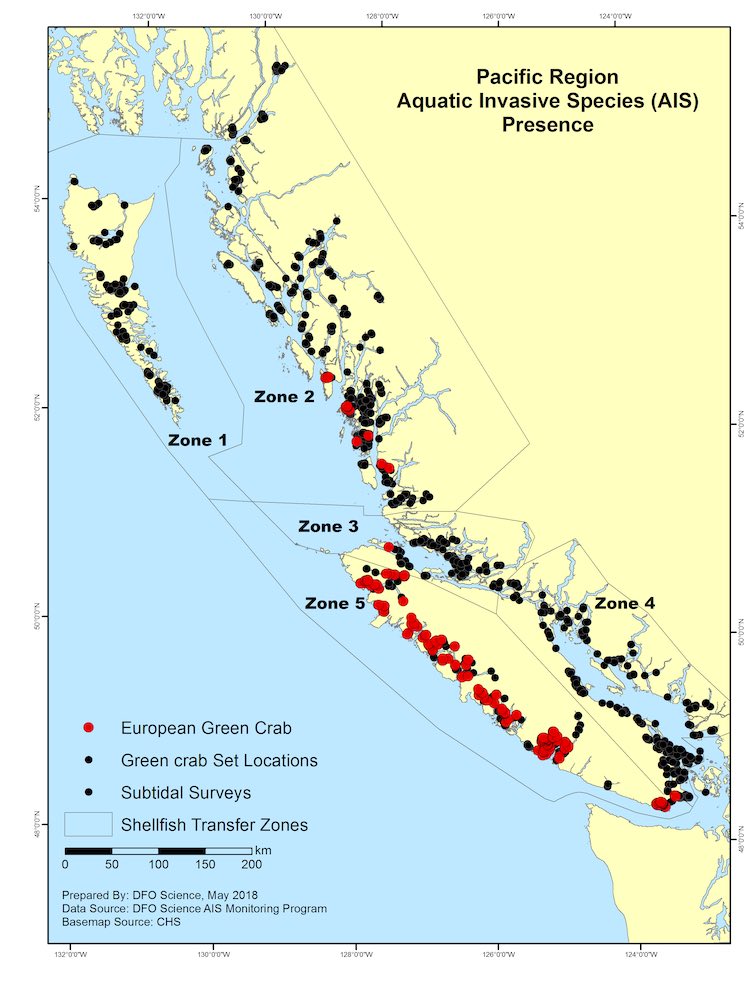
2018 DFO European Green Crab Distribution Map
From the map – what is the difference between the red marks “European Green Crab” and the black marks “Green crab Set Locations”?
Black dots are where EGC traps were set. Red marks are where EGC were found.
What is the potential damage the European Green Crab represents as an invasive species?
European Green Crabs can alter food webs through competition with, and predation on, a wide assortment of marine species including but not limited to clams, mussels, oysters, native shore crabs, and juvenile Dungeness crabs. In addition, while digging for prey items, EGC can disturb sediments and impact marine plants. For example, the EGC can decrease stability of saltmarsh habitat and negatively impact the health of eelgrass beds.
How big is the problem today?
European Green Crab are ranked as one of 100 world’s worst alien invasive species by the International Union for Conservation of Nature.
How do you identify a European Green Crab?
The first and most important step is to correctly identify the European Green Crabs. Despite its name, the term “green crab” is not entirely accurate, as both adult and juvenile European Green Crabs can have many colour and pattern variations. As many of our native crab species are green, it is easy to misidentify European Green Crabs. Please note that European Green Crabs have 5 marginal spines on each side of the eyes and 3 “bumps” between the eyes. Also, please refer to the map for known populations. DFO is interested in hearing of new detections.
Aside from reporting to AISPACIFIC@dfo-mpo.gc.ca with date, time, location, and photos, is there anything else people can do to help?
If you think you have discovered an aquatic invasive species, the DFO recommends that you do the following:
- Do not return the species to the water
- Note the exact location (GPS coordinates) and the observation date
- Take photos
- Take note of identifying features
- Report it as an aquatic invasive species, depending on where you are
- Find out more about aquatic invasive species
To prevent the potential transfer of aquatic invasive species, including European Green Crabs, please adhere to the best practices of “Clean, Drain, Dry.” Refer to the Invasive Species Council of BC for more details on this recommended practice:
- CLEAN off all plant parts, animals, and mud from boat and equipment (e.g. boots, waders, fishing gear). Use a power wash station if available.
- DRAIN onto land all items that can hold water (e.g. buckets, wells, bilge, and ballast).
- DRY all items completely before launching into another body of water.
Visit the Store
$34.99
$34.99
Featured Catch
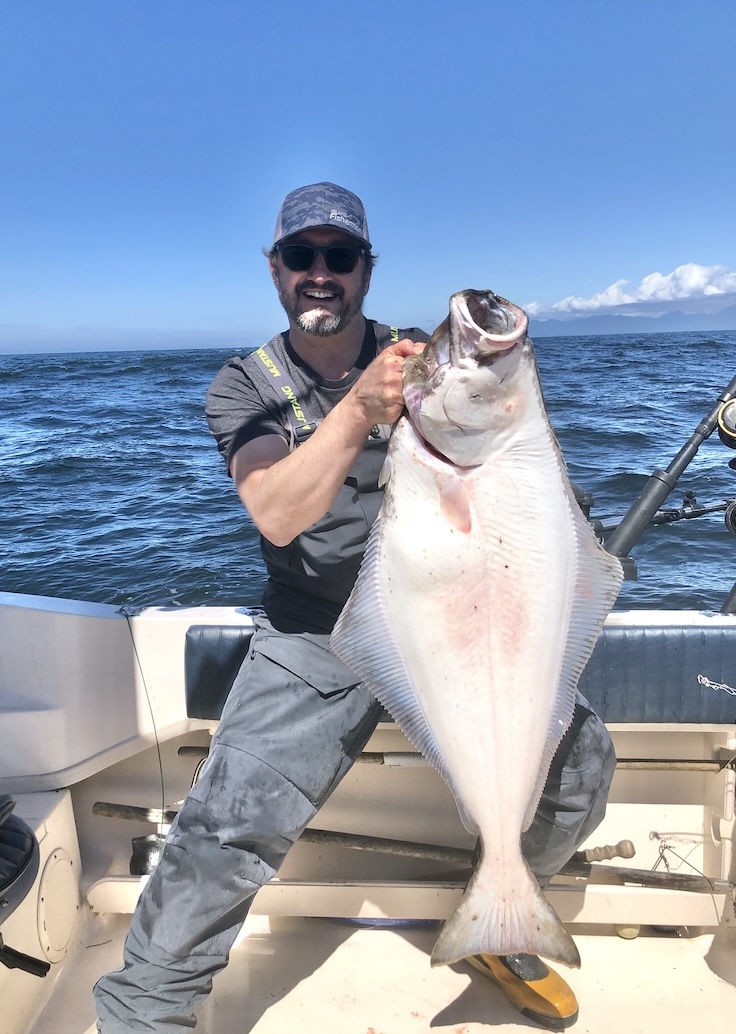
Joel Unickow halibut (Photo: Rob Frawley Lucky Strike Sportfishing Tofino)
